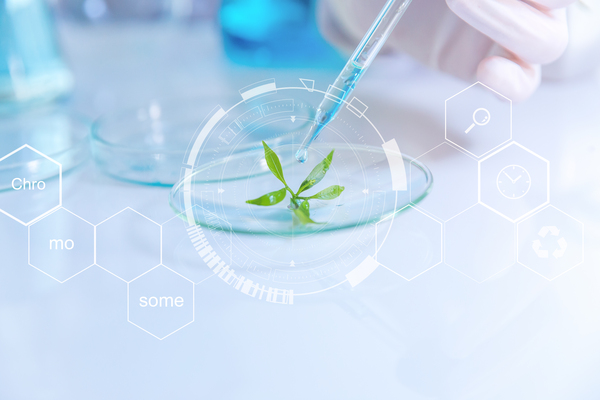

Website Design Copyright 2025 © 竹新化學股份有限公司 & 頂烽企業股份有限公司
All Rights Reserved. 網頁設計 by 覺醒設計

Green chemistry is based on traditional chemical principles to "design chemical products and their manufacturing processes with the aim of reducing or avoiding the production and use of any substances harmful to human health and the environment."
The 12 principles of green chemistry are as follows:
Prevention of Waste: It is better to prevent waste generation than to treat or clean up waste after it has formed.
Maximize Atom Economy: The design of synthesis methods should incorporate materials used in the process into the final product to the maximum extent possible.
Design Less Hazardous Chemical Syntheses: Whenever feasible, synthetic methods should be designed to use and generate substances that are minimally or not toxic to human health and the environment.
Design Safer Chemicals and Products: Chemical products should be designed to retain their functionality while minimizing their toxicity.
Use Safer Solvents and Reaction Conditions: Whenever possible, avoid using auxiliary substances (such as solvents, separation agents, or others); if needed, use non-toxic and harmless substances.
Increase Energy Efficiency: Recognize the impact of energy requirements on the environment and the economy and strive to minimize energy use; synthesis methods should be conducted at ambient temperature and pressure.
Use Renewable Feedstocks: Use renewable rather than depleting feedstocks whenever technically and economically feasible.
Avoid Derivatives: Minimize the generation of unnecessary derivatives (blocking groups, protection/deprotection, temporary modifications).
Catalysis: Use catalytic reagents (as selective as possible) to minimize waste.
Design for Degradation: Design chemical products and their end-of-life disposal to break down into innocuous substances.
Real-time Analysis for Pollution Prevention: Develop analytical methodologies to allow real-time monitoring and control before the formation of hazardous substances.
Minimize the Potential for Accidents: Design substances and processes to minimize the potential for chemical accidents, including leaks, explosions, and fires.
In simple terms, the "4 No's and 1 Without" principle is applied in green chemistry, which means "No waste, No depletion of natural resources, No unnecessary steps, No hazards, Without concerns." Prevention is better than post-treatment, which has long been recognized as a principle. The primary goal of green chemistry is to reduce or eliminate the generation of waste and pollution at the source and during the manufacturing process. Waste refers to any material involved in the manufacturing process, such as solvents, acid/alkaline reagents, catalysts, separation reagents, by-products, and unconverted raw materials. Waste is troublesome for manufacturers; direct discharge, incineration, or burial can pollute rivers, air, and soil, damaging the environment. While recycling and reuse can reduce waste, they come with added costs. Green chemistry acknowledges that the resources available to us on Earth are materials and energy. Chemical raw materials and energy come from two types of natural resources: non-renewable ones like coal, oil, and natural gas, and those derived from vibrant living organisms, such as fats, sugars, and starches. Synthetic chemicals cannot be replenished once used, so to avoid depleting resources and energy, green chemistry focuses on the development of renewable feedstocks and energy for sustainable practices.
Furthermore, the more steps a process has, the more operations and input materials are involved, increasing the possibility of waste generation and pollution. An ideal process is concise and short, with fewer steps being preferred. Therefore, green chemistry advocates for processes that avoid unnecessary chemical derivatization, employing methods like one-pot, cascade reactions, and multi-component one-pot operations to reduce steps, minimize waste generation, and maintain awareness of environmental concerns, promoting chemical safety.
The principles of green chemistry dictate that synthetic chemicals must have beneficial functionalities for humanity and must not be harmful to human health or the environment. Therefore, when designing chemical products, required raw materials, synthesis methods, processes, and facilities, the overriding principle should be the safe execution of chemical manufacturing, ensuring that "from cradle to grave," no chemicals harmful to human health and the environment are used or produced.
We use cookies to collect and analyze information on site performance and usage. By Clicking "Continue" or by clicking into any content on this site, you agree to allow cookies to be placed. To find out more, please visit our privacy policy。
CONTINUE GO TOP
GO TOP
